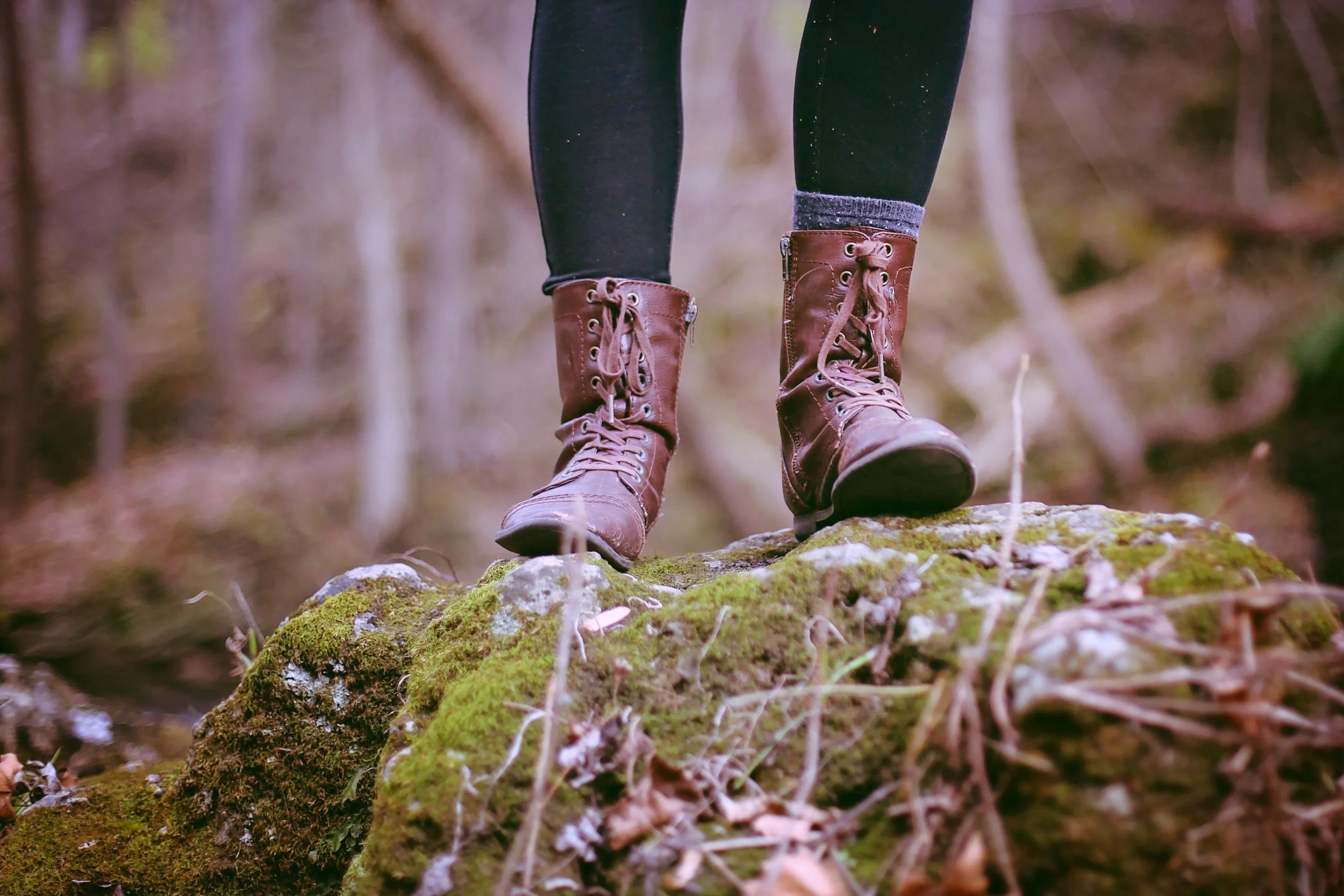I recently wrote a piece posing the question of whether we, as a society, are "loving wildlife to death". As more and more people attempt to point at regulated hunting and trapping as a perceived burden on our wild landscape, recent scientific studies suggest non-consumptive recreational activities have a bigger impact than the anti-hunting crowd wants to admit.
Hiking, cross-country skiing, forest photography, wildlife watching - all activities that take place in the open realm of nature. These activities are engaging, promote health and well being, and can be, for many, down right medicinal. While I fully support and even encourage more people to partake in these kinds of activities, their recent spike in popularity has created a rickety, wobbly soapbox for some individuals to stand on with regard to who should have "control" of the woods. As usual, I'm here - with a handful of nails which used to hold said soapbox together.
A few weeks ago I discussed society's growing need to hoard and stockpile wildlife in an attempt to turn our wild places into a suburban petting zoo. The denouncing of regulated hunting and trapping activities by some is just the latest tactic attempting to further remove man from nature. One of the ideological principals anti-hunting groups have used to sell a narrative, that hunting is somehow no longer valid or needed, is the fact that hunting activities have generally seen a gradual participation decline in recent years. Anti-hunting groups point to a rise in "wildlife watching" and a decline in hunting activities as the smoking gun for why the latter should be dissolved and outright banned from the woods.
In a nutshell, the narrative is usually similar: the idea is imposed that activities like hunting and trapping are "bad", while those who wish to "enjoy" nature through "non-consumptive" activities such as hiking and bird watching are viewed as the non-invasive majority: "shooting animals with a camera, not a rifle" as they say. This has created an atmosphere of arrogance that we've seen blossom into a full-blown disdain for hunters and anglers. In Massachusetts for example, some folks seem to be mortified at the suggestion of people hunting deer and turkey on the weekends.
Its times like these where I love to dish out a cold, hard, helping of fact for those who wish to bury their heads in the sand (or up a bodily orifice) with regard to wildlife management and their own impact.
A 2015 article from JSTOR features a line of scientific studies and reports aimed at investigating the impact non-consumptive activities like hiking, biking and bird-watching have on our nation's wildlife - and the results are less than Disney-esque. One of the studies, titled Wildlife Responses to Recreation and Associated Visitor Perceptions found that even perceived "passive" recreation as described above can startle or disturb wildlife, forcing animals to burn energy reserves or experience stress. The real kicker I found about this study was the response (or lack thereof) from the "recreationalists" who participated in the study:
“On the human side, most outdoor visitors underestimated their own impact. Half of those surveyed did not accept that their activities had any impact, and most approached wildlife far more closely than animals can tolerate. Many visitors also react defensively to criticism, instinctively blaming other types of recreation, never their own.”
Case in point: Animal Rights Groups nationwide recently celebrated a 2016 USFWS survey documenting "non-consumptive" activities outranking hunting and fishing activities in popularity (as in the above screenshots from social media). Recent scientific studies have found that these "non-consumptive" activities actually have a drastic, adverse effect on wildlife - causing non-hunters to surpass hunting activities with regard to negative wildlife impact.
I am not naive to the fact that hunting and fishing activities obviously impact wildlife as well. I'm also not looking to bash the hiking and bird-watching community - as I do regularly hike and "wildlife watch" myself. The point I'm trying to make is that some people, in their vain attempt to separate one group of nature lovers from another, are kind of “advocating” for wildlife harassment in the process. I’d also like to point out that hunting & trapping activities are, for the most part regulated while these “non-consumptive” activities mentioned in the studies, are not.
Another study featured in a 2015 New York Times article discussed how wolverines were impacted by recreational activities in the Rockies. The study found "wolverines move faster and more often on weekends when people are playing in their mountain habitat. That may mean trouble for these animals during the brutal winters of the high Rockies, where every calorie counts."
These studies have found that impact from tourism and recreational activities are the fourth-leading cause of wildlife listed as threatened or endangered, behind impact from nonnative species, urban growth and agriculture. Interesting enough, hunting and trapping activities aren't even on the list - (the sweet, sweet taste of irony).
A 2008 study presented by colleagues from the Wildlife Conservation Society discovered declines in bobcats, coyotes and other meso-carnivores was found in protected areas of California which permitted hiking - a night and day comparison to similar areas that prohibited those activities.
“There’s something about the presence of humans and their pets when they go on hikes that causes a bit of a ‘death zone’ of 100 meters on either side of a trail.”
Those who wish to abolish the regulated activity of hunting and trapping point to a myriad of emotional excuses when attempting to make a case for hunting's disbandment. Perhaps its high time these individuals do a little inner soul searching and take a good hard look in the mirror. You know what they say about those who live in glass houses...

